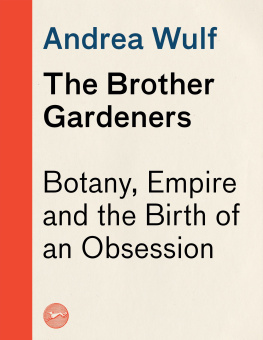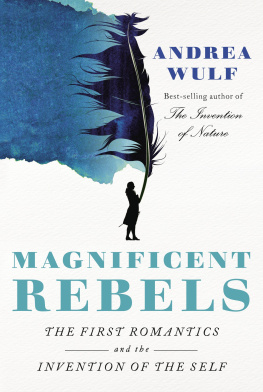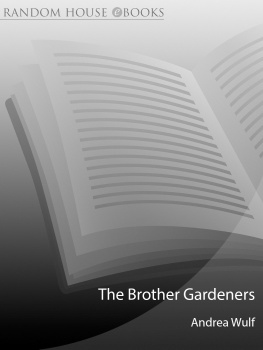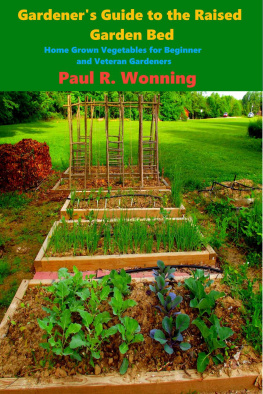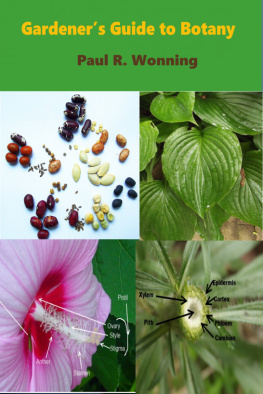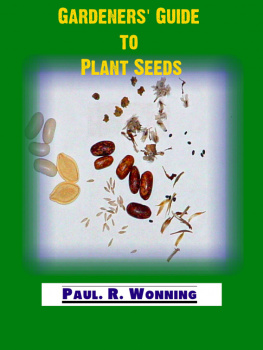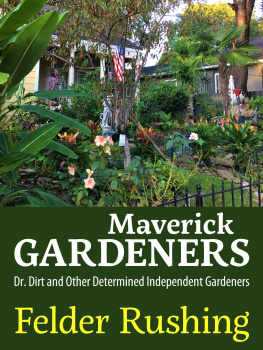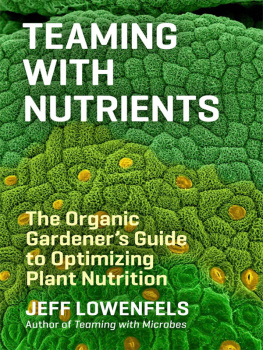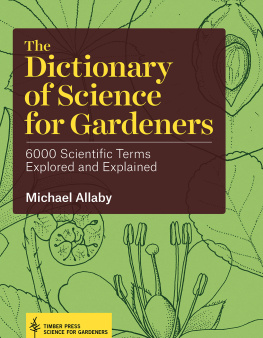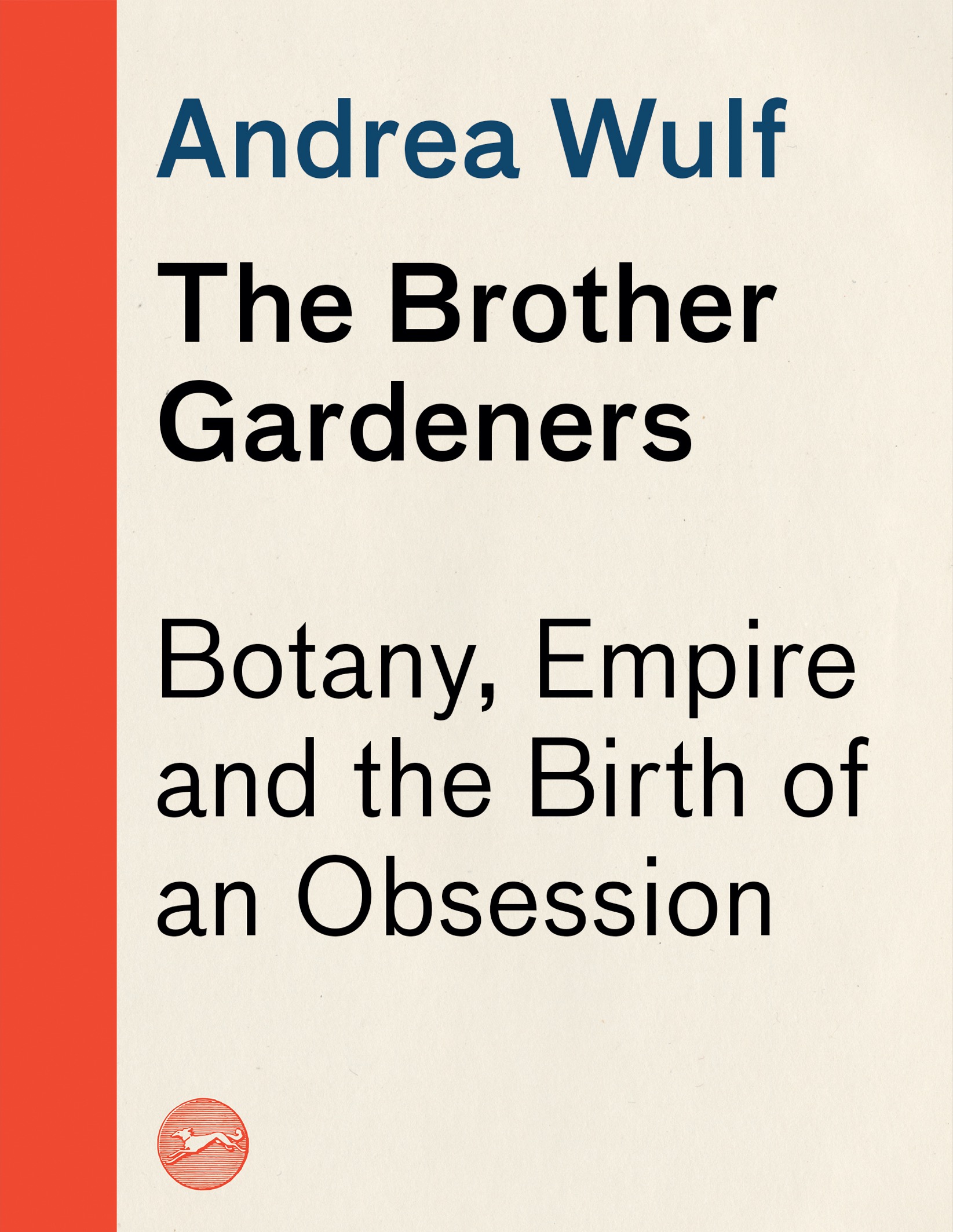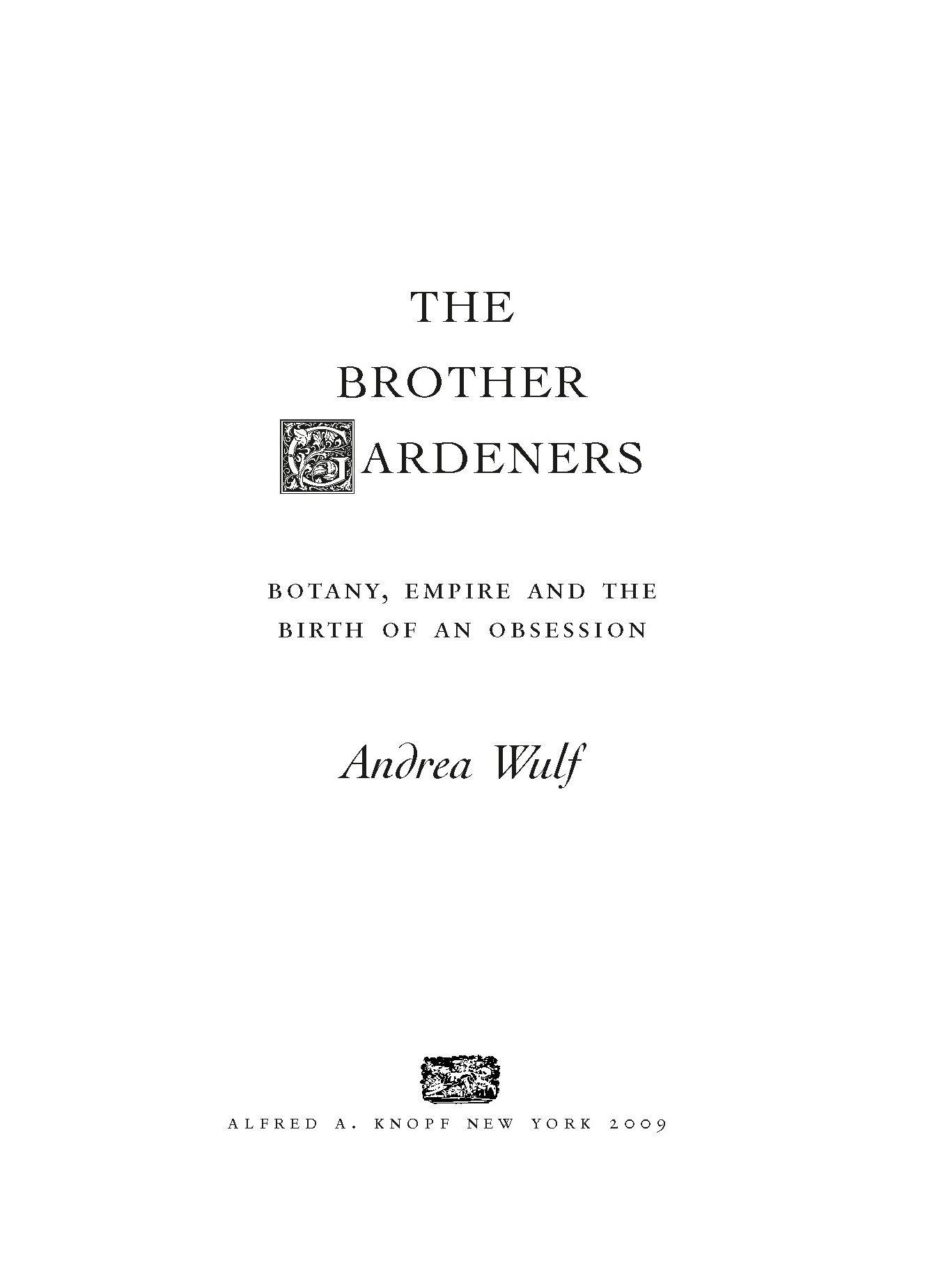In order to avoid the unwieldy use in the text of both the common and Latin names of plants, I have used either one or the other depending on the name by which a plant is most likely to be known. However, every plant is listed in the index under its common name (with the Latin name in brackets) and under its Latin name (with its common name in brackets).
When eighteenth-century correspondents only used common names of a genus such as Solomon's seal and it has been impossible to identify the exact plant species, this name is used throughout the book.
Additional information on the plants that played an important role in the eighteenth-century garden and their introduction to Britain can be found in the Glossary at the end of the book.
But here it is worth noting a minor English trait which is extremely well marked though not often commented on, and that is a love of flowers. This is one of the first things that one notices when one reaches England from abroad, especially if one is coming from southern Europe.
GEORGE ORWELL , The Lion and the Unicorn:
Socialism and the English Genius, 1941
When I left my home town of Hamburg more than a decade ago, few of my friends possessed a garden. Even now, they mostly still prefer to live in huge apartments, putting off buying houses with outside space for their retirement. In Germany, gardening is often considered an occupation for pensioners. I certainly thought of it like that. It meant growing a few pansies in almost bare flowerbeds, planting out your allotment in regimented rows, or obsessively trimming your hedge with a ruler (on one occasion a neighbour sent a policeman to our house to inform my parents that our unruly hedge was at least four inches too close to the pavement).
I was therefore amazed, when I moved to London in the mid nineties, to find a nation obsessed with gardening. The shelves of my local newsagent groaned beneath lavish displays of gardening magazines; everywhere I went I saw signs for garden centres, and my new friends all seemed to think that the best way to spend a weekend was to visit the grounds of a stately home (unless they had an allotment, in which case the thrill of digging and weeding could not be surpassed). It seemed that everybody had a garden, and if they didn't, they wanted one: young and old, fashionable and staid, middle-class or working-class. At parties I listened for hours to twenty-something Londoners rave about plants or moan about horticultural disasters. I went with a trendy graphic designer to a nightclub, only to listen for half the evening to the minute details of the yield of his vegetable plot. On one occasion, a beautiful and perfectly groomed young woman told me that it was pointless throwing snails over the garden wall on to the railway embankment because they would returnshe knew for certain because she had marked their shells with white paint.
Before long, I had my own gardena tiny patch of green at the back of a typical London terrace. The previous owners had lovingly tended their flowers and herbs, and before I moved in they gave me a little tour of the garden. Only half listening, because I was much more interested in the house, I carelessly nodded when they asked me to care for the plants.
Yet by the time the house was renovated almost a year later, the garden had been destroyed by neglect and building work. Walking out of my back door, I was confronted by a jungle of thistles and dandelions, endless metres of bindweed, and knee-high grass. Guiltily I set to work, weeding and digging, and found beneath the weeds strangled shrubs and the remains of the flowers. Squashed and suffocated as they were, I hoped to make them flourish again.
But I had a problem: how was I supposed to care for these plants if I didn't know anything about them? My horticultural journey began with an excursion to a bookshop and the purchase of a glossy plant dictionary. Identifying my plants proved to be more complicated than I had anticipated and I took to sending startled visitors into the garden in case they could help. Soon I learnt that the large bushy plant in the corner, with a blossom resembling an elderly woman's flowery bathing cap, was Hydrangea macrophylla, with the more revealing common name, mophead. There was also a jasmine which perfumed the air in the summer, and a clematis that had taken over most of the garden wall. It seemed that I also owned a red camellia and an old fuchsia that leaned against the shed. Nothing special, I thought, until I began to discover the extraordinary history behind these seemingly ordinary plants.
It was neither a gardener nor a botanist who gave me a glimpse of these hidden stories but a mathematics professor with a penchant for eighteenth-century prints, hieroglyphs and languages. It was not that he had an extensive knowledge of plants, but what he did know, he was passionate about. When I asked his wife how to prune my straggly fuchsia, he launched into a lecture that lasted the whole of dinner. Fooks-ia, he chided, was the correct pronunciation, not fjoosha, because it was named after the German Leonard Fuchs, a Renaissance botanist. He made a point of explaining that, in the first half of the sixteenth century, Fuchs had been one of the first scientists to shake off deep-rooted beliefs in mysticism in favour of direct observation of nature.
Later, I learned that Fuchs had never even seen a fuchsia because he was long dead when the first specimen arrived in Europe from South America. But I also found out that Joseph Banksthe naturalist on Captain Cook's circumnavigation of the globehad thought the fuchsia so valuable that, in 1788, he had carried one into the greenhouse at Kew on his head, unwilling to trust such a treasure to any of the gardeners (incidentally, it was also in 1788 that Banks acquired from the Far East the ancestor of my Hydrangea macrophylla, the first Asian hydrangea to put down roots in English soil).
A few weeks after the fooks-ia conversation I received a parcel containing three books written by the Swedish botanist Carl Linn, also known as Linnaeus. It was the continuation of my botanical lecture. This time I was being educated about my daughter's name, Linna, which is an old-fashioned Swedish girl's name as well as belonging to a delicate pink forest flower (the reason why I had chosen it). This flower, I now discovered, had itself been named after Carl Linnaeusthe botanist who had classified the natural world and invented a standardised botanical nomenclature. I also learned that Linnaeus had played a central role in popularising botany as a genteel pastime for the middle classes of eighteenth-century England.

